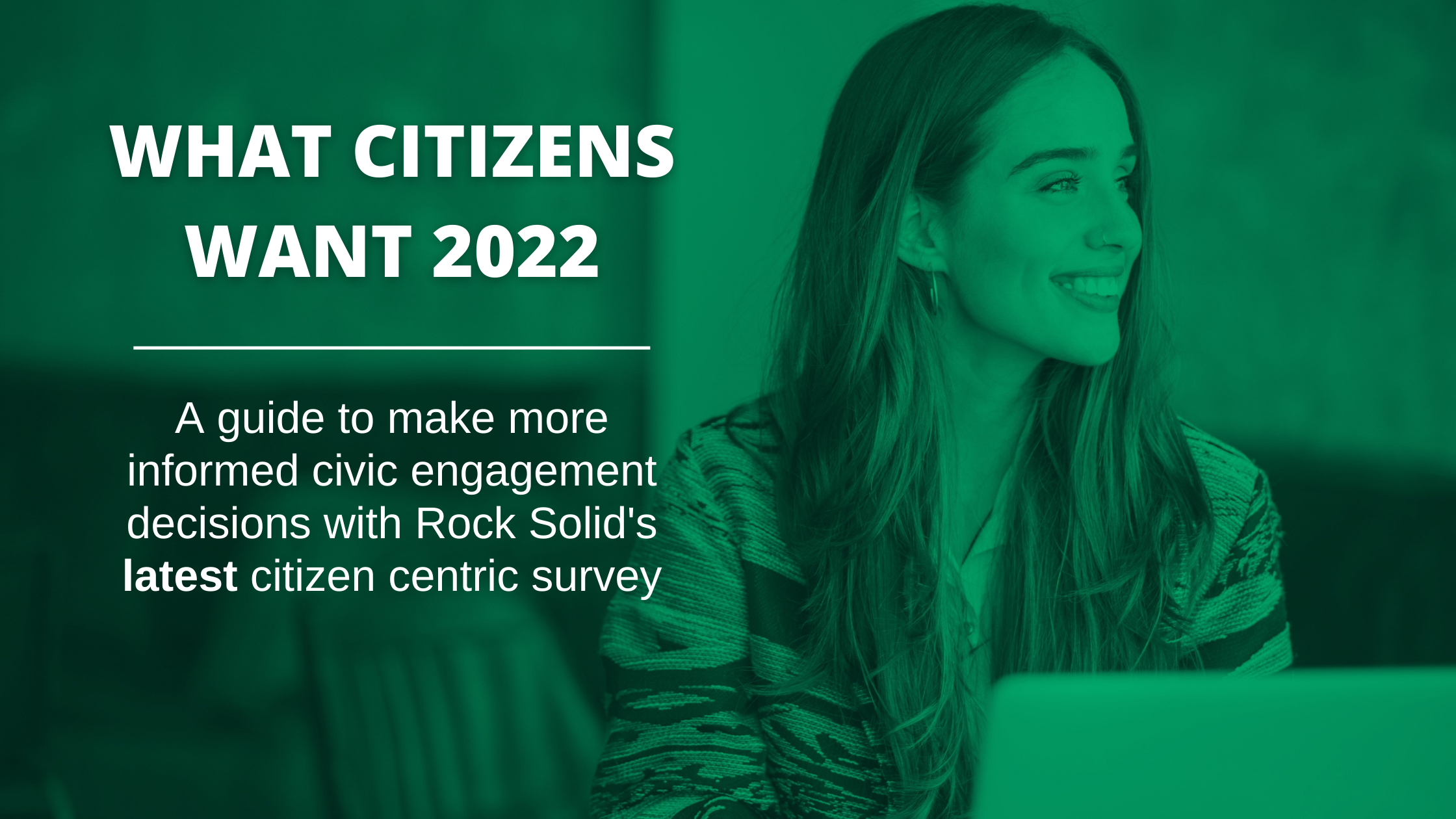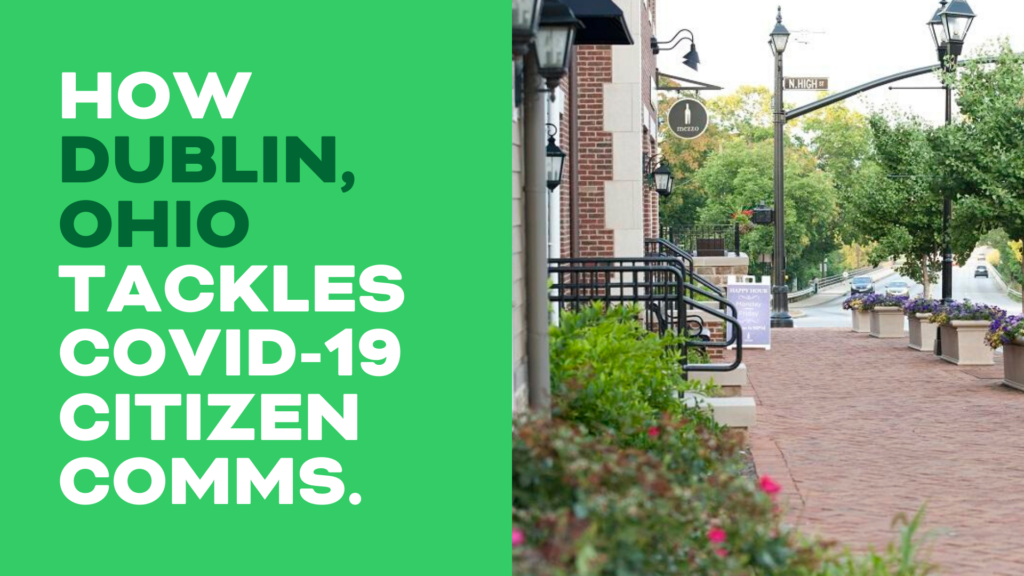Does your city know how its constituents want to interact with various local government services, and what services they want to be prioritized? Knowing the answer to this question is crucial for improved civic engagement, which is why Rock Solid set out to discover insights into citizen preferences. We surveyed citizens nationally about how they currently feel about the accessibility of local government services in a rapidly changing digital landscape and compared it to our comprehensive survey in 2020.
We will uncover some general findings that can help you make more informed decisions, starting with respondent data about levels of satisfaction:
1. HOW SATISFIED ARE CITIZENS WITH THEIR ABILITY TO ACCESS LOCAL GOVERNMENT SERVICES?
.png?width=661&name=MicrosoftTeams-image%20(2).png)
Let’s start with the good news- 62.8% of people said they were very satisfied or satisfied with local government access, a jump of nearly 7% from 2020. Still, over 37% of people surveyed still don’t express positive feelings about their ability to access those services, meaning there is still work to be done. Now let's jump into a part of the puzzle that may contribute to citizen satisfaction- the channels citizens are using to access information.
2. HOW DO CITIZENS PREFER TO ACCESS SERVICES IN 2022?
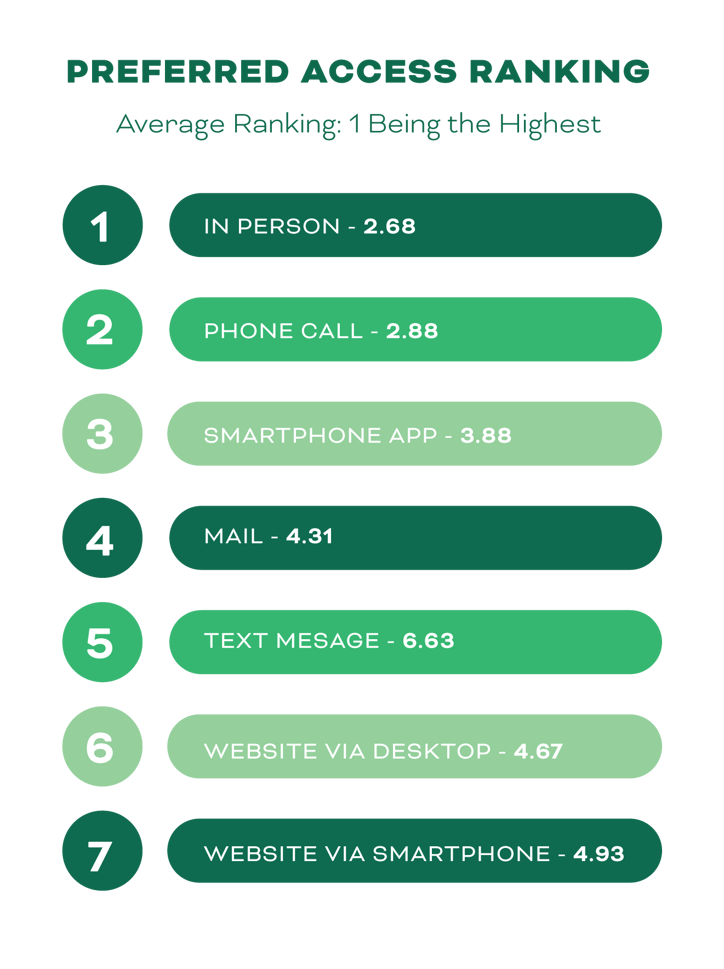
In the 2020 survey, 50.6% of respondents said their most-preferred way of interacting with local government was via in-person visit. This time around, that figure has declined to 46.6%. Smartphone apps crept up the list of preferred methods of engagement. This result could lend itself to constituents becoming increasingly accustomed to accessing services through mobile applications on their phones like Amazon, DoorDash, etc. instead of responsive web pages.
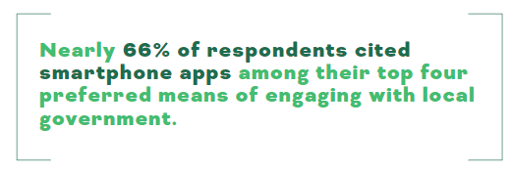
GENERATIONAL ATTITUDES
We uncovered the preferred methods of engagement and insight into why smartphone apps might be more popular, but do these results have anything correlation with the respondent age group? We asked our respondents to agree or disagree with the statement "I can communicate with my local government easily." Here's the breakdown by generation:
.png?width=1010&name=MicrosoftTeams-image%20(6).png)
We can see that as the generations become older, there's a shift in agreement with the statement. It's likely that the reason older generations feel they can communicate with their government more easily is that local government has years of experience accommodating older generations' preferences. Younger generations are more likely to have higher expectations for digitized access, as they grew up with technology at the forefront.
SERVICES TO PRIORITIZE
So we've come to the conclusion that local governments should be prepared to offer multiple channels of access and that younger generations prefer digitized access. Now it's important to look at the services residents most want to be digitized so we can better allocate our resources. To help in that, we developed a matrix that ranks services from highest to lowest in the:
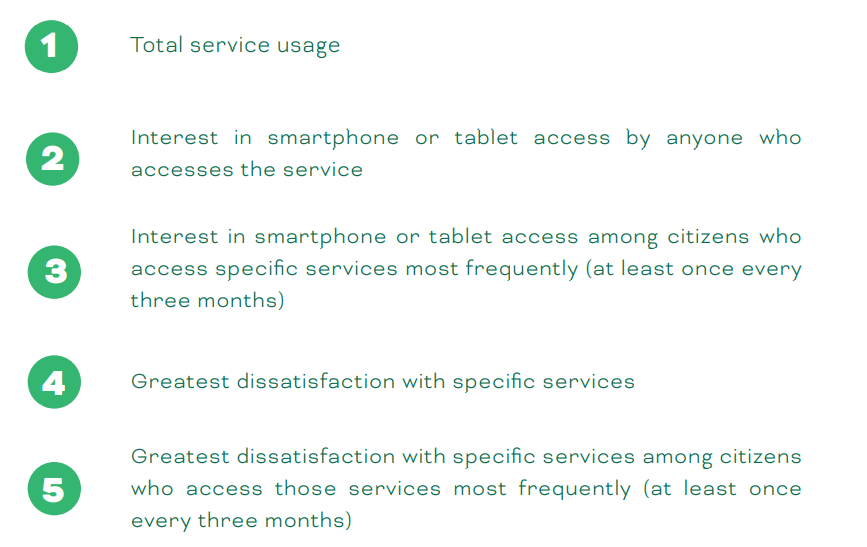
Here's what we found:
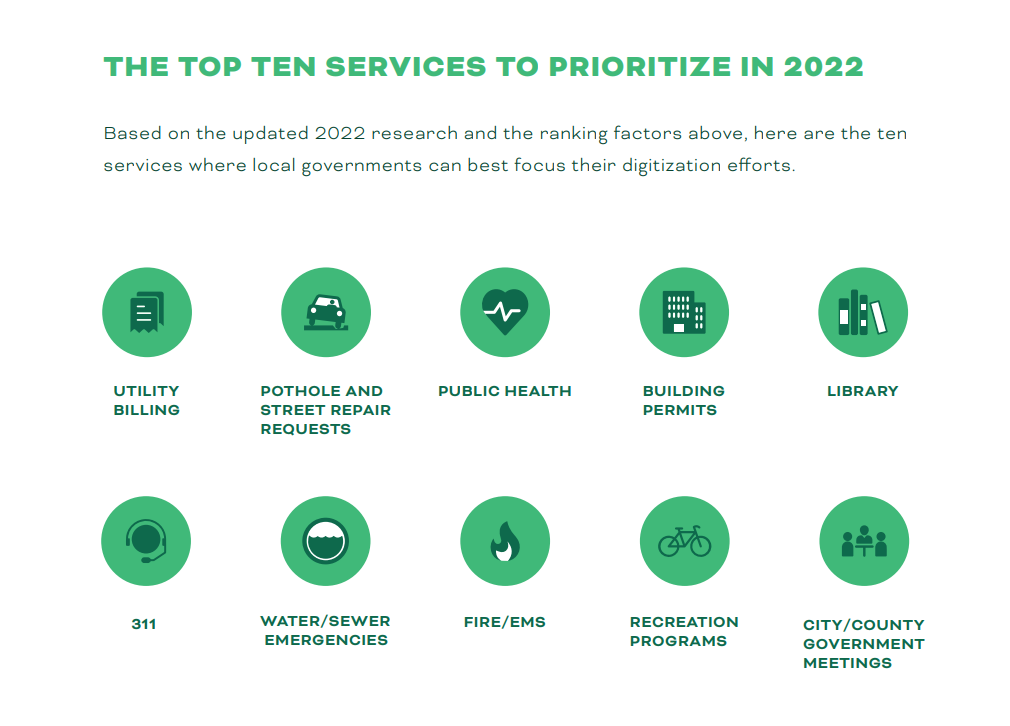
So we know the services that citizens want more access to, and we discussed that smartphone apps are an increasingly popular channel. Here's some insight into what services to prioritize based on interest in smartphone or tablet access:
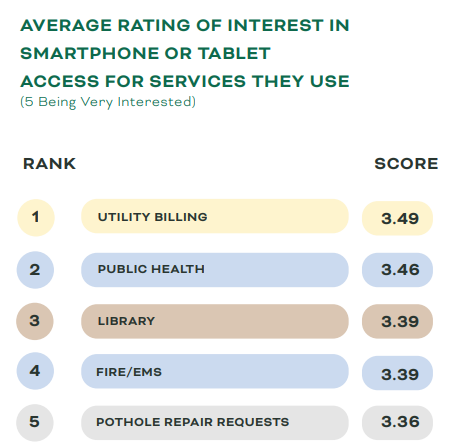
So we've covered some general insight to guide more informed decision making and here are some key findings:
- Almost 40% of respondents still think it’s difficult to access city services using their preferred method of access
- 66% of respondents include mobile apps in their top 4 preferred methods of accessing city services vs email, phone calls, in-person, mail, SMS/text, and others
- Generational disparities persist year over year as younger generations still disproportionately disagree that they can easily communicate with local government compared to other generations
Bottom Line:
A civic engagement plan is essential to bridge the gap between local government and its citizens, and taking that plan a step further would be identifying trends in citizen preferences. Rock Solid has collected national citizen-centric data to help local government thought leaders make more informed decisions. This guide was only the tip of the iceberg, but there is so much more useful information in our full What Citizens Want Report.
